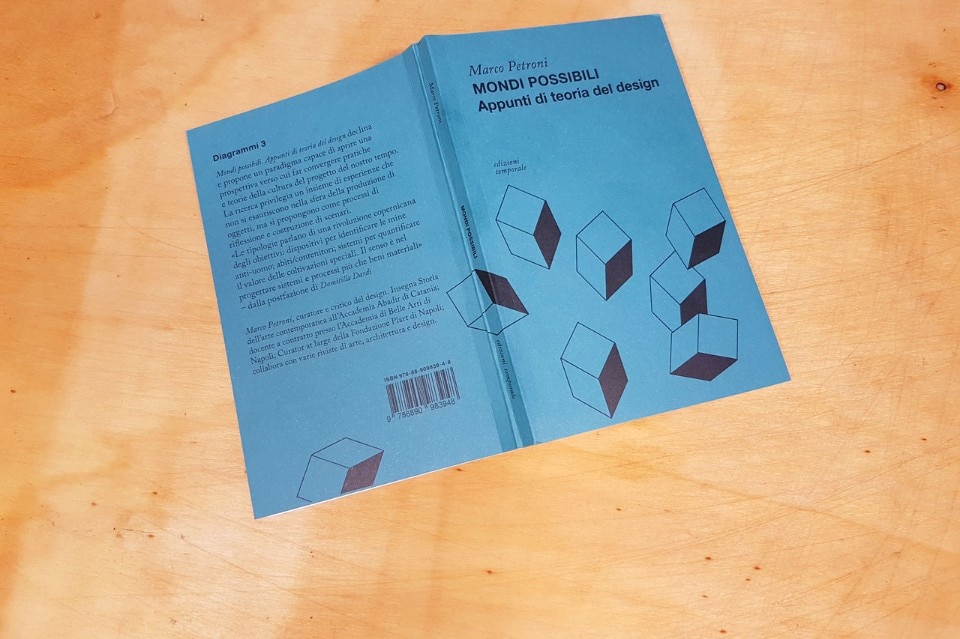It is always interesting to read something that has some weight to it yet at the same time offers some fresh thinking when it comes to design theory, something of a slippery practice but if approached with care and accuracy can be very inspiring, as in the case of Mondi Possibili – Appunti di teoria del design, published by Edizioni Temporale with an afterword by Domitilla Dardi. Marco Petroni recently presented this short book of just 111 pages, that brings together some big questions regarding the role of design today, an important interlocutor that can produce results and solutions that are far from banal. In the book, design emerges as having a central role in solving significant problems not only at a theoretical level, as an acute explorer of the reality that surrounds us, the author provides us with a few good examples of how design can offer other answers, from the Dirty Art Department (Sandberg Instituut Amsterdam) led by the eclectic Jerszy Seymour, to the work of Andrea Anastasio, as well as looking at the propitiatory and revolutionary role that it had during the radical period.
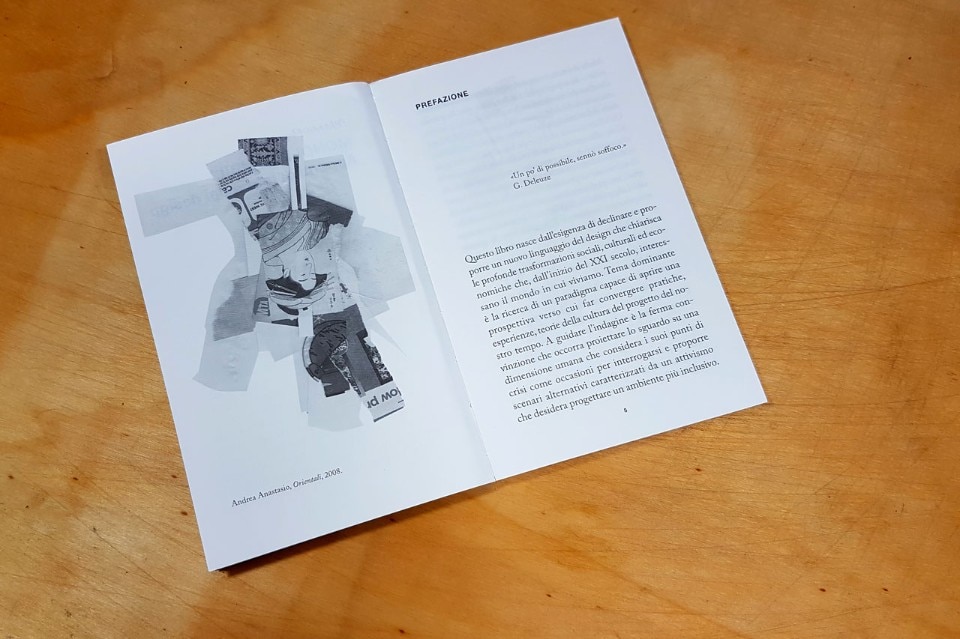
Maria Cristina Didero: So what is the thinking behind this book?
Marco Petroni: The book has arisen from two needs, one of a more personal nature driven by a desire to put in order a series of articles, reviews and essays that were scattered around in various catalogues and to try and find a thread running through them, organise a more unified idea concerning a number of experiences of the design world that I feel to be particularly significant. The other, more public one, was linked to the need to create a platform for comparison and exchange regarding themes that I think are becoming central to design culture today.
Maria Cristina Didero: Why this title?
Marco Petroni: Mondi possibili ‘Possible Worlds’, aims to highlight a multiple dimension that is in the making. We live in a complex world, undergoing profound transformation and design is responding to these changes with a widening of its disciplinary and conceptual scope, moving the world of design to hybridise with other fields of knowledge such as philosophy, anthropology, political theory and science. It is precisely in this plural, open landscape that one finds many design experiences explored and connected via a paradigm of the possible to a notion of design as a design of worlds.
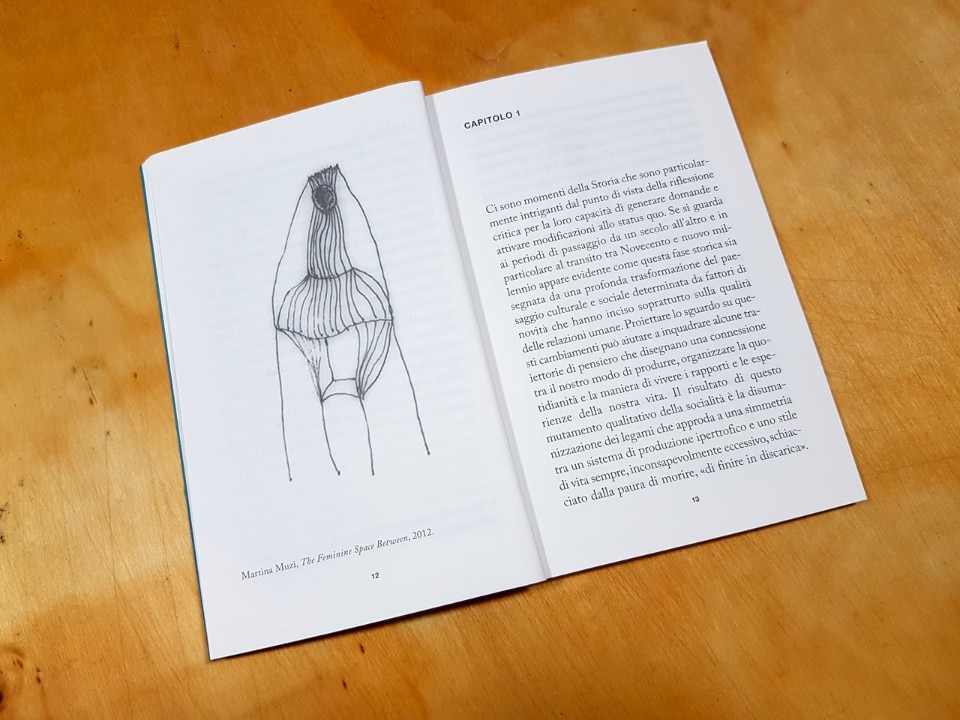
Maria Cristina Didero: It says “notes on theory of design”: do theory and practice go hand in hand?
Marco Petroni: All too often, design is described and commented on through formal results, what is produced, neglecting aspects that are found in a less evident dimension such as the conceptual one, more related to process, to the research that comes before production. I believe that a project should be looked at, examined in terms of its operative complexity and this is the task of those who attempt to explore it and convey a critical view.
Maria Cristina Didero: What does “reconquer the possible” signify today?
Marco Petroni: The book suggests the dimension of the possible as necessary for connecting design with the world, with real life, via the construction of alternative scenarios to the vision of a single context that has to be adapted or succumbed to. Design sensibilities are now evident that reflect on scenarios of meaning, that try to restore a cultural centrality to the design of our everyday lives. The possible is an active condition, political if you like, of designing in order to react to a widespread passivity.
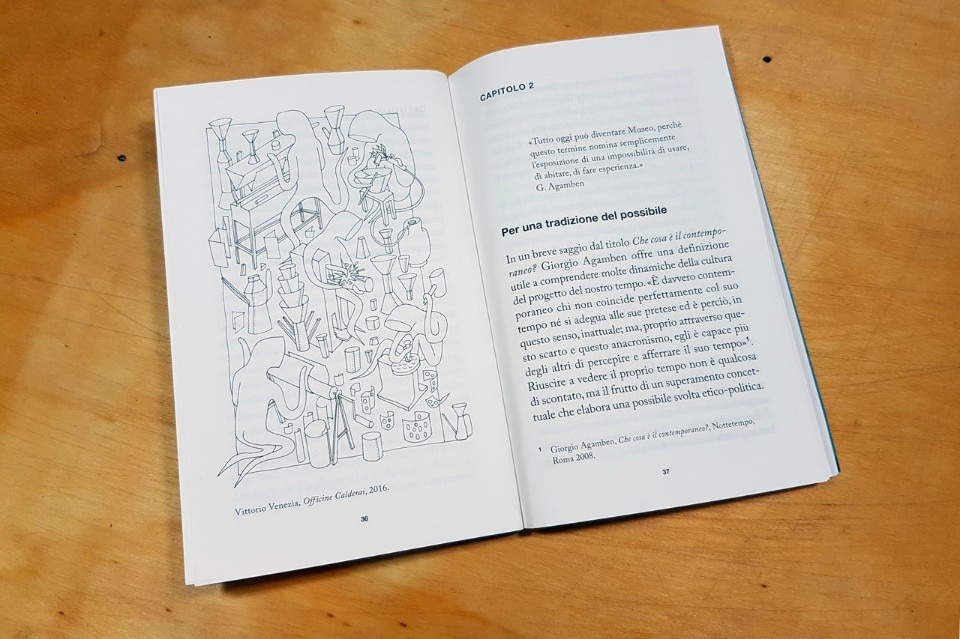
Maria Cristina Didero: On page 5 of your book, at the beginning of your story it says, “propose a new language of design”. What is the language that design uses at present and what are the aspects that are most difficult to change.
Marco Petroni: The most ambitious aspect of the essay is that of trying to detach design from formal results such as stools and lamps and open-up a scenario more connected to the cultural and social dynamics of our time. In this opening up, what comes into play is the dimension of the imagination and the political, intended as a process of creating new spaces of action and reflection for a discipline that aspires to improve the world.
Maria Cristina Didero: I can see references to radical design, desires and dreams congruent with the era in which it developed. Let’s talk about today: how much is politics present in “today’s” design - assuming it is present.
Marco Petroni: The second chapter of the book is devoted to a historic look in which you can trace the evolution of the paradigm of the possible and radical design is one of the most powerful references, in which the desire for openness to expressive and political multiplicity is manifested in design. The change in the present for design is linked to an evolutionary not maximalist dimension of design in which we see a plural scenario marked by the coexistence of a design of solutions and one of questions, suggestions and possible alternatives. In highlighting this coexistence, a good example is the case of Studio Formafantasma where excellent formal results are preceded by a conceptual and necessarily political reflection on the world. Also Andrea Anastasio, who can be considered the one who started this dimension of the possible, always links politics and form allowing to predict possible scenarios, disconnected from a quantitative valuation. In these poetics one sees a kind of tradition of the possible.
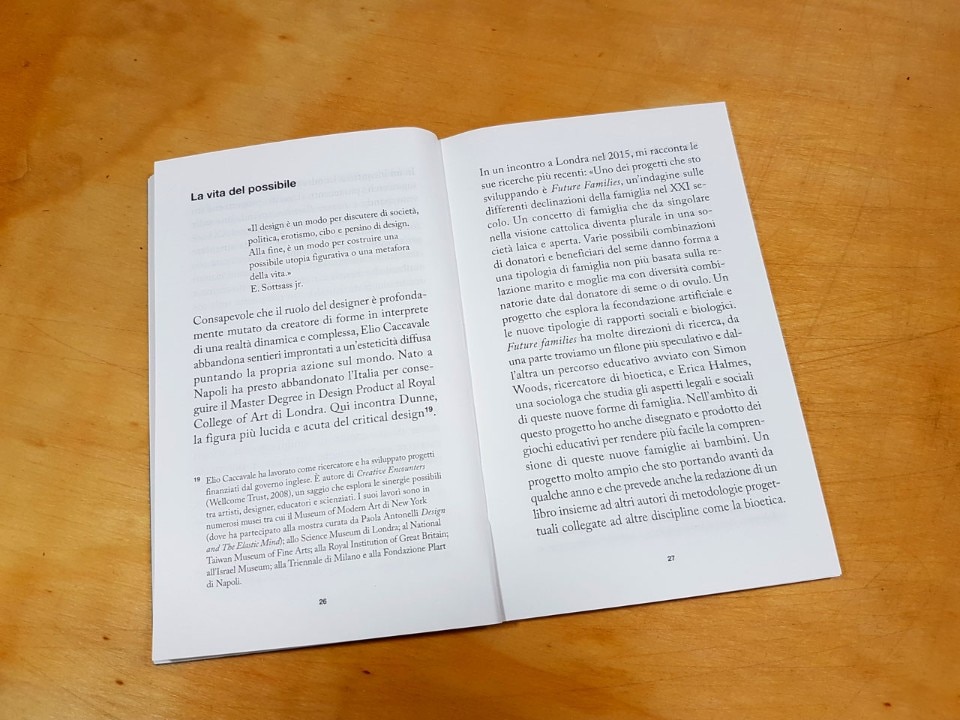
Maria Cristina Didero: On page 65 you talk about “centrality of the designer (…) in the redesign of the world”. A fascinating position, perhaps utopian but that could open up intelligent panoramas. How do you see the current situation though?
Marco Petroni: Design as the world in which we live is in an in-between condition, suspended between what it is no longer and what it isn’t yet. A dimension that I believe to be extremely fascinating in which opportunities are opening up that can no longer be referred to quantitative data such as the system of royalties but move on a qualitative plane closer to the world of art. In fact one of the themes treated in the book is precisely the artification of design and the close connection not only in terms of market but above all in elements of speculating and thinking. The case of Assemble, recent winners of the Turner Prize, is quite significant in this sense, as is also Metahaven and the Dirty Art Department who are addressing this suspended dimension, something that is extremely interesting to explore for those involved in theory and criticism of design.
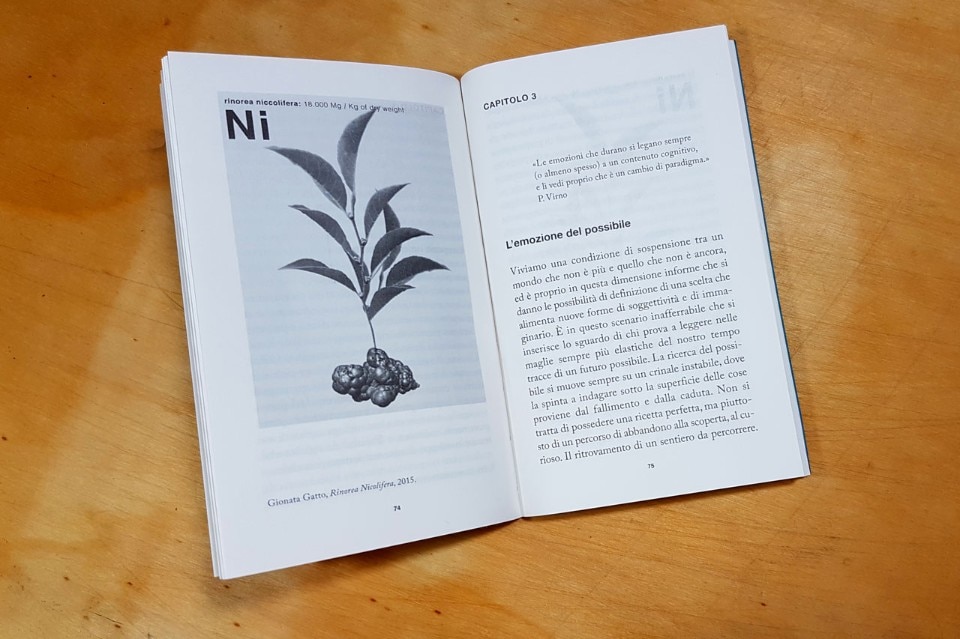
Maria Cristina Didero: If we talk of the object as a catalyst of meaning, and we look at the contemporary panorama of design, what would you say to me?
Marco Petroni: Objects have to find again an expressive capacity beyond formal aspects and material and I’m not talking banally of storytelling that is used as a marketing lever. In the book I have indicated a number of examples that move in this direction, on the one hand we find Martina Muzi, a young Italian designer who trained in the Netherlands who explores transformations in living, of being in the world in an inevitable condition of nomadism, on the other we have Gionata Gatto and Giovanni Innella who reflect on the concept of value to attribute to the design artifice, examples that try to detach design from objectives that are merely functional and significant to design objects, the things that populate our everyday lives in a larger dimension of sense and meaning.
Maria Cristina Didero: I know you’re working on another book… can you tell me anything about it?
Marco Petroni: I began thinking about two themes that seem interesting to explore in this scenario of movement of contemporary design: how the perception of the value of designers’ work has changed and the need for design in an economic system dominated by speculative finance. It’s another gamble on the desire to give design a central role in the contemporary cultural debate.

